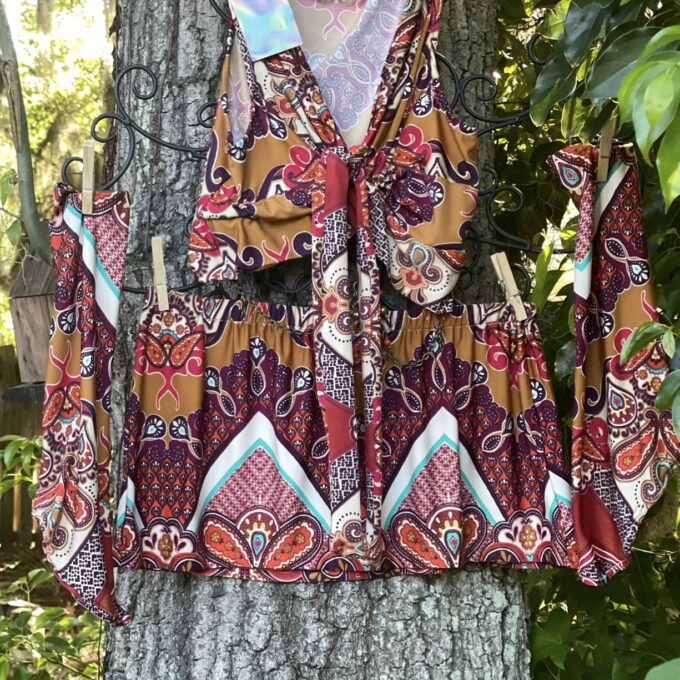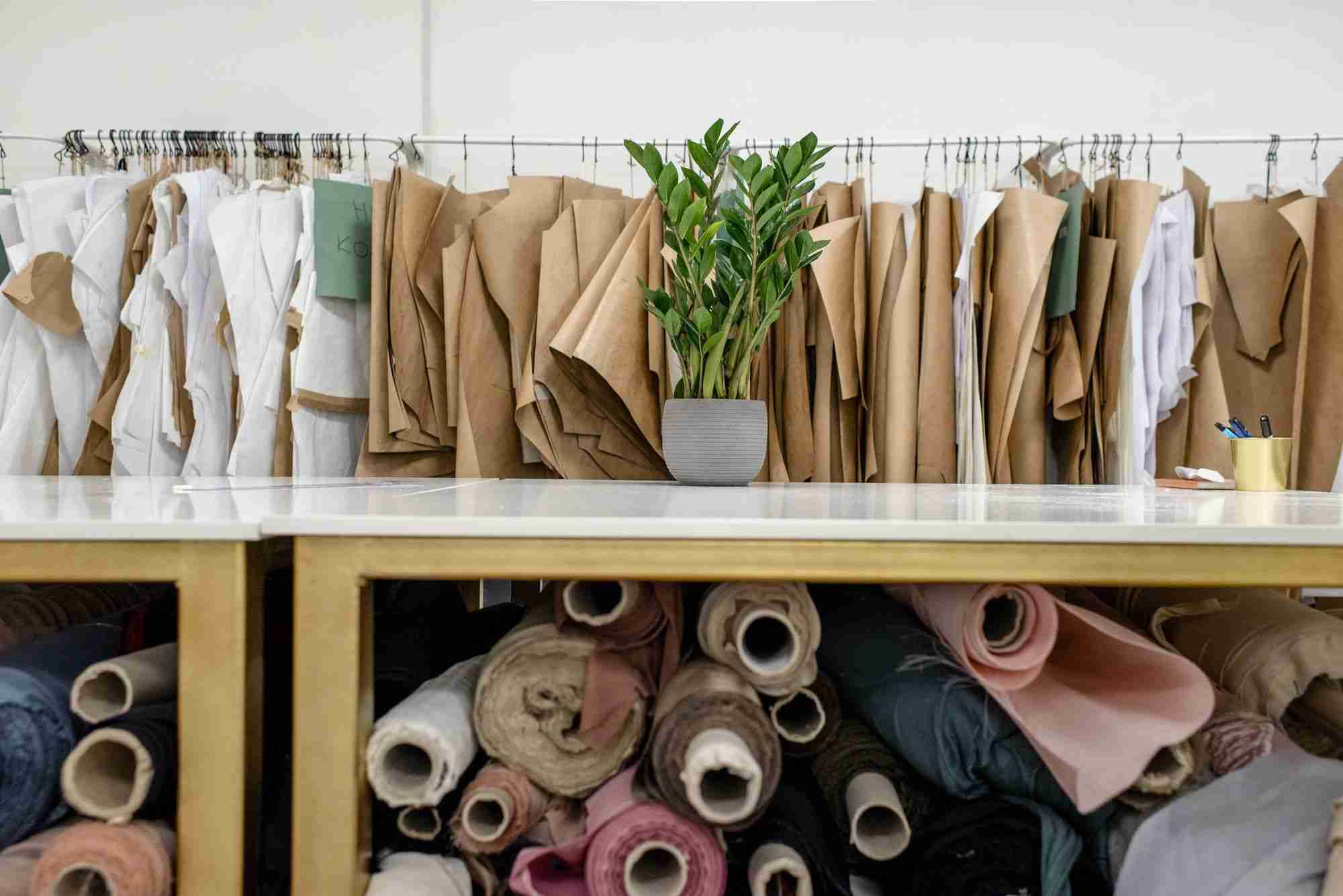We all have a relationship with our clothing – it’s the way we express ourselves, the way we present ourselves to the world, and the way we feel about ourselves. But have you ever stopped to consider the psychology behind our clothing choices? There are many factors that influence the way we choose our clothing, from personal style and body image to social and cultural norms. In recent years, there has been a rise in the popularity of clothing rental services, offering a new way to approach our relationship with fashion. But what is it about renting clothing that is so appealing? And how does it compare to owning our own clothes? In this article, we’ll explore the psychology behind renting clothing versus owning clothing, and how it can affect not only our wardrobe choices but also our overall sense of self. So, whether you’re a fashionista or a minimalist, read on to discover the fascinating world of clothing psychology.
The psychology behind owning clothing
Owning clothing has been the traditional way of building a wardrobe. It gives us a sense of ownership and control over our clothing choices. We can pick and choose what we wear, and we can invest in pieces that we know we will wear for years to come. There is also a sense of comfort and familiarity with owning clothing. We know how our clothes fit, how they feel, and how they make us feel. This can be particularly important for people who struggle with body image issues or have a hard time finding clothing that fits well.
However, owning clothing can also have its downsides. First and foremost, it can be expensive. Investing in a high-quality wardrobe can cost thousands of dollars, and even lower-priced clothing can add up over time. There is also the issue of storage – owning a lot of clothing requires a lot of space, which can be a challenge for people with small apartments or limited closet space. And finally, owning clothing can create a sense of pressure to constantly update and refresh our wardrobes, which can be stressful and time-consuming.
The psychology behind renting clothing
Renting clothing is a relatively new concept that has gained popularity in recent years. It offers a way to enjoy the benefits of a well-curated wardrobe without the financial and spatial commitment of owning clothing. Renting clothing can be particularly appealing for people who love fashion but don’t have the budget to invest in high-end pieces, or for people who want to experiment with different styles without committing to a purchase.
One of the main benefits of renting clothing is the sense of variety it provides. Renting allows us to try on different styles and experiment with our look without committing to a purchase. This can be particularly empowering for people who struggle with body image issues or have a hard time finding clothing that fits well. Renting clothing can also be a more sustainable option, as it allows us to reduce our environmental footprint by consuming less.
However, renting clothing also has its downsides. For one, there is a sense of impermanence and lack of ownership with rented clothing. We may not feel the same sense of attachment to the pieces we rent, which can impact our relationship with our clothing. Additionally, rented clothing may not fit as well as owned clothing, which can be frustrating for people who are particular about the fit of their clothing. Finally, renting clothing can be costly over time, particularly if we use rental services frequently.
How renting clothing affects your style
Renting clothing can have a significant impact on our style. By allowing us to experiment with different styles and trends, renting can help us discover new looks that we may not have considered before. It can also provide a sense of excitement and novelty to our wardrobe, which can be a welcome change for people who feel stuck in a fashion rut.
However, renting clothing can also make it difficult to develop a personal style. Because we are constantly trying out different pieces, it can be challenging to create a cohesive wardrobe that reflects our personal tastes and preferences.
Additionally, rented clothing may not always be available in the styles and colors that we prefer, which can limit our choices and make it difficult to create a wardrobe that truly feels like our own.
How renting clothing affects your self-image
Renting clothing can also have an impact on our self-image. By allowing us to try on different styles and experiment with our look, renting can help us feel more confident and empowered in our clothing choices. It can also provide a sense of freedom and flexibility, which can be particularly important for people who struggle with body image issues or feel constrained by societal norms.
However, renting clothing can also create a sense of impermanence and lack of ownership that can impact our self-image. We may not feel the same level of attachment to rented clothing as we do to owned clothing, which can make us feel less confident and less connected to our wardrobe choices.
Additionally, rented clothing may not fit as well as owned clothing, which can impact our sense of comfort and confidence in our appearance.
The benefits of owning clothing
Owning clothing has its own set of benefits. By investing in high-quality pieces that we love and that fit well, we can create a wardrobe that truly reflects our personal style and preferences. Owning clothing can also provide a sense of stability and familiarity, which can be comforting and reassuring.
Additionally, owning clothing can be a more sustainable option in the long run.
By investing in high-quality pieces that will last for years, we can reduce our environmental footprint by consuming less and contributing less to the fast fashion industry.
The downsides of owning clothing
However, owning clothing also has its downsides. First and foremost, it can be expensive. Building a high-quality wardrobe can require a significant financial investment, which may not be feasible for everyone. Additionally, owning a lot of clothing can take up a lot of space, which can be challenging for people with small apartments or limited closet space. Finally, owning clothing can create a sense of pressure to constantly update and refresh our wardrobes, which can be stressful and time-consuming.
Combining renting and owning for the best of both worlds
Ultimately, there is no one right way to approach our relationship with clothing. Renting and owning both have their benefits and downsides, and the best approach is often a combination of the two. By owning high-quality pieces that we love and that fit well, we can create a wardrobe that truly reflects our personal style and preferences. And by renting clothing for special occasions or to experiment with different styles, we can enjoy the benefits of variety and novelty without the financial and spatial commitment of owning clothing.
In conclusion, our relationship with clothing is a complex and multifaceted one. By understanding the psychology behind our clothing choices, we can make informed decisions about how to approach our wardrobe and how to create a sense of style and self-image that truly reflects who we are. Whether we choose to rent or own our clothing, the most important thing is to approach our wardrobe with intention and mindfulness, and to choose pieces that make us feel confident, comfortable, and empowered.

















